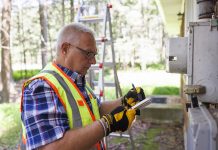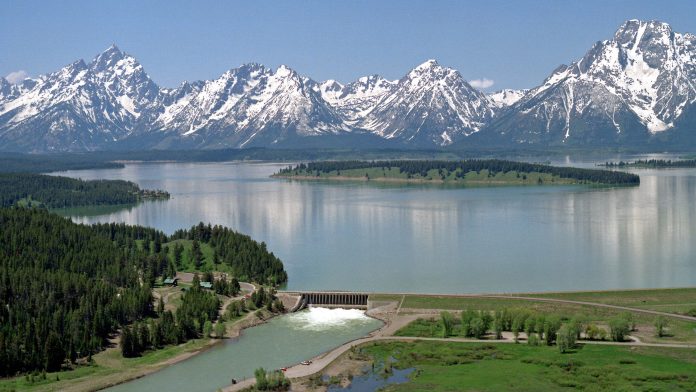Now that spring is in full swing, many consumers are putting away their heavy winter coats and planning road trips for the warmer months ahead. That means more attention will be paid to prices at the pump.
In fact, increases in gas prices during the spring and summer months are typical. As we enter this time of year, Consumer Energy Alliance (CEA) explains the factors that account for these annual price hikes and why consumers shouldn’t get too down about the recent bump in pump prices.
Projections for Spring 2015 Gas Prices
After reaching its lowest numbers in years this January, the average price of a gallon of gasoline has been steadily rising since the beginning of February. According to AAA, crude oil prices are still volatile, a sign that gas prices could rise by 20 cents this spring due to annual refinery maintenance and the change to summer fuel blends. However, despite the expected increase, most regions should see prices remain much lower compared to recent years due to cheaper crude oil costs and above-average gasoline supplies.
Why Does the Season Affect Gas Prices?
Gas prices in the spring and summer typically increase from scheduled supply shift to summer blends. Refiners operate on a May 1st deadline to switch production from a winter blend of gasoline to a summer blend of gasoline, commonly referred to as reformulated gasoline, which requires extensive maintenance and slowdowns in production to ensure segregation of the different oil types.
The U.S. Environmental Protection Agency, as part of the Clean Air Act of 1990, requires refineries to supply cleaner-burning fuel in major metropolitan areas to order to reduce smog and ozone pollution during the hotter summer months.
Last year, prices increased in the spring due to refinery issues in the Midwest, but in 2015 increases have been on the West Coast – especially in California. The price of crude makes up the bulk of the cost of gasoline. However, the distance the gasoline needs to travel from crude oil production centers can also explain gas prices in a state. For example, most of the nation’s refineries are located in the Midwest and around the Gulf Coast, so if you are trying to transport fuel from the Gulf Coast up to the northeast, there will be additional transportation costs.
According to 24/7 Wall Street, “four of the 10 states with the highest gas prices are located in the northeastern United States. Hawaii, the state with the second highest average cost of gasoline, is also located a great distance from oil refineries.”
The Good News for Consumers
Domestic production of oil and shale gas will continue to help keep energy prices relatively stable in the long term as more of these developed energy resources are introduced to national and regional energy markets.
Also, analysts point to the decreasing storage capacity for crude oil and refined products as an indication that there may be another short term dip in oil prices. As demand drops and supplies continue to flow in, energy companies look for places to store the oil until they can sell it to a refiner. Currently, the America’s oil storage capacity, the network of large storage tanks across the country, is nearly full. This will help to keep downward pressure on gas prices in the coming months.
This growth of supply is one of many reasons why CEA supports an “all-of-the-above” energy policy strategy that supports American jobs, creates economic opportunities, and protects American energy consumers.










 The heavy-handed proposal to impose a “2200 foot set-back” on drilling is like taking a 349 acre chunk of land around every current and future oil and gas well in the city and putting it off limits to development. That’s like taking a piece of land the size of 6 football fields, and making it off limits to development, around every gas or oil well in the city.
The heavy-handed proposal to impose a “2200 foot set-back” on drilling is like taking a 349 acre chunk of land around every current and future oil and gas well in the city and putting it off limits to development. That’s like taking a piece of land the size of 6 football fields, and making it off limits to development, around every gas or oil well in the city.















